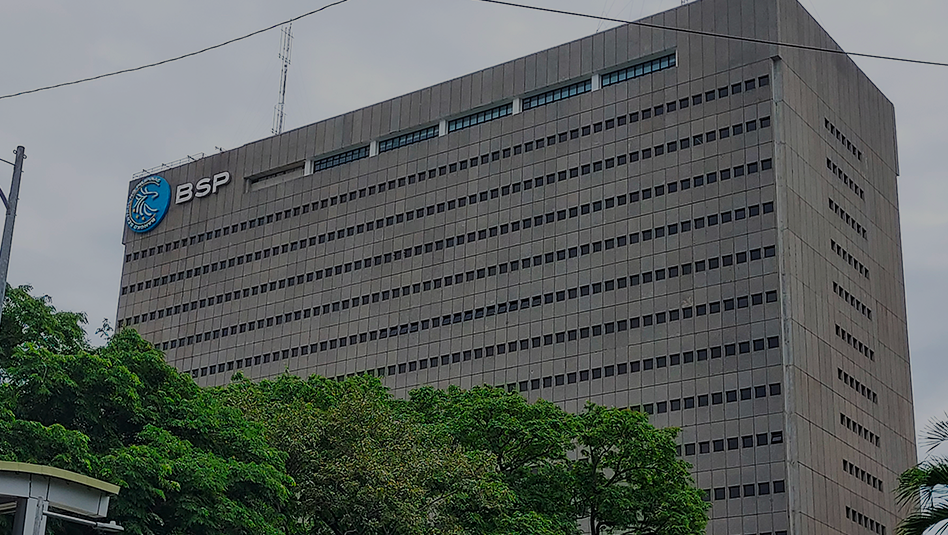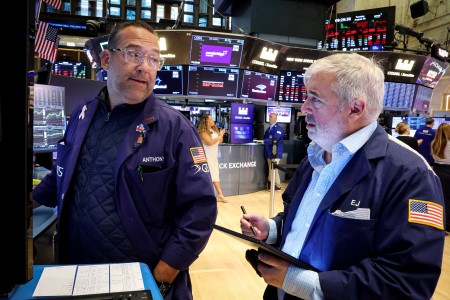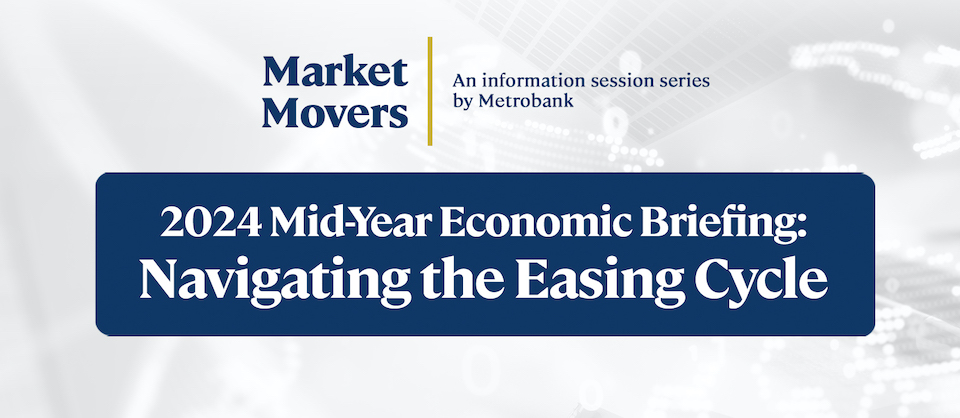




Quarterly Economic Growth Release: Stronger case for a BSP cut in August
 DOWNLOAD
DOWNLOAD

Inflation Update: BSP’s low-inflation safety net
 DOWNLOAD
DOWNLOAD

Monthly Economic Update: Two more BSP cuts
 DOWNLOAD
DOWNLOAD


TOP SEARCHES
S&P 500 seen stalling as AI rally meets tariff jitters

The S&P 500 benchmark US stock index will end 2025 just below current near-record levels, reflecting tempered optimism amid ongoing concerns over the economic impact of President Donald Trump’s global tariffs and uncertainty surrounding Federal Reserve rate cuts, according to a new Reuters poll.
Market strategists polled by Reuters showed that concerns about potential stagnation related to tariffs have dampened optimism about Wall Street’s rally in AI heavyweights.
“I do not anticipate the United States entering a recession; however, I do expect the economy to experience a slowdown,” said Robert Pavlik, senior portfolio manager at Dakota Wealth. “Many employers lack visibility into future conditions and are therefore delaying expansion.”
The S&P 500 will end 2025 at 6,300 points, equivalent to a 2.3% dip from current levels, according to the median estimate of 35 strategists, analysts, and portfolio managers polled August 7-19.
The S&P 500 ended Monday at 6,449.15 points, down 0.3% from its record high close on August 14.
Top of mind for US investors, the Fed is widely expected to cut interest rates at its September policy meeting to support economic growth, possibly followed by another reduction by December.
Some 70% of global investors surveyed by BofA Global Research in early August said they expect stagflation – the combination of below trend growth and above trend inflation – in the next 12 months.
The S&P 500 has climbed 9% so far in 2025.
Strategists’ estimates have increased since a Reuters stock poll in May, when they expected the S&P 500 to end 2025 at 5,900. But this week’s poll forecast is still down from a Reuters poll in February, when they targeted the S&P 500 to end the year at 6,500.
While strategists struggle to predict the stock market, the latest Reuters poll offers a valuable glimpse of Wall Street’s cautious sentiment following recent record gains.
A series of deals with major US trading partners, along with extensions of the White House’s self-imposed deadlines, has left investors less jittery about Trump’s on-again off-again global trade war than they were when his April tariff announcements sent global markets into a slump.
The S&P 500 and Nasdaq have climbed to record highs in 2025 in large part due to gains in Microsoft, Nvidia, Meta Platforms, and other AI heavyweights. At the same time, S&P 500 sector indexes, including healthcare, consumer discretionary, energy and real estate, are nearly unchanged for the year.
“AI is a game changer for these companies, and they are being allowed to grow without any government interference,” said Tim Ghriskey, senior portfolio strategist at Ingalls & Snyder in New York. “It’s a revolution that’s going to continue for some time.”
Second-quarter financial reports on Wall Street have been stronger than expected, with S&P 500 companies on track for a 12.9% year-over-year increase in earnings, according to LSEG.
That compares to expectations of under 6% earnings growth at the start of July. Strong results from the major AI-related players are responsible for much of that increase in second-quarter earnings.
The S&P 500 is now trading at 23 times expected earnings, near its PE high in four years and well above its five-year average PE of 19, according to LSEG.
(Polling by Aman Kumar Soni and Shaloo Shrivastava; Reporting and writing by Noel Randewich; Additional reporting by Chuck Mikolajczak, Stephen Culp, Sinead Carew, Chibuike Oguh, and Caroline Valetkevitch; Editing by David Gregorio)
This article originally appeared on reuters.com





 By Reuters
By Reuters